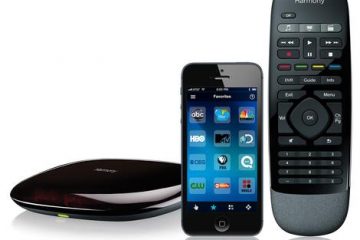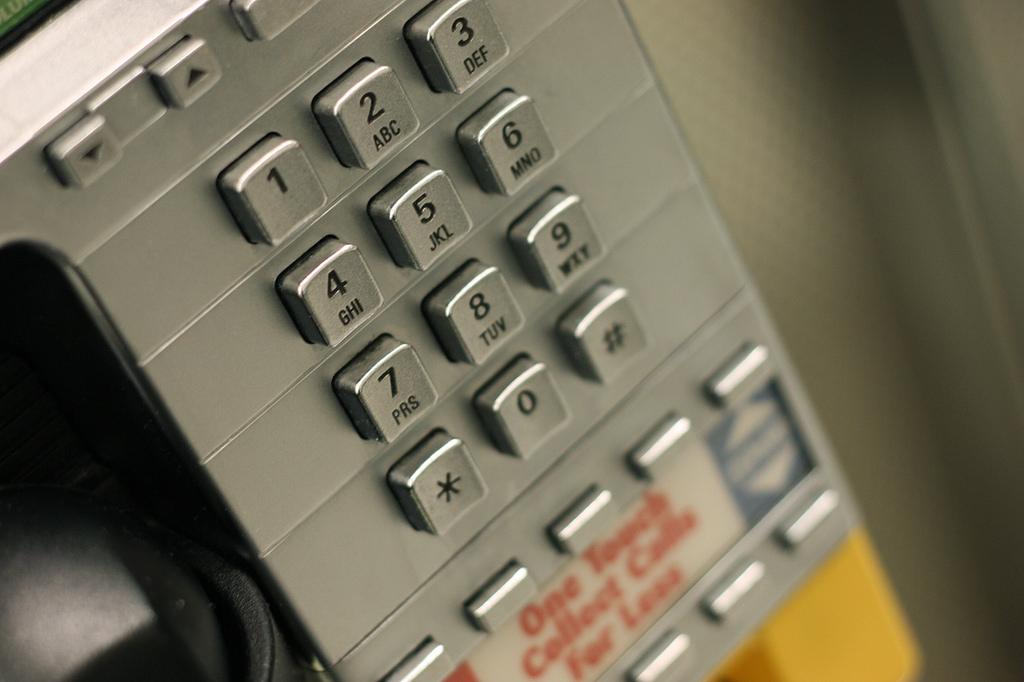The cost of LCD technology has reached a new low, and since manufacturers are talking about a price increase it felt like a good time to jump on the bandwagon. Our Samsung 913 has a spectacular display, the brightness is comparable to a CRT and the screen refresh is immediate. Most importantly, there is plenty of space on the desk to do real work now and we can enjoy the energy savings of no longer powering a large 19″ CRT screen.
Unfortunately, like any good design the manufacturer has decided to adopt a minimalistic architecture. The monitor only provides a single power button that can be used to turn the screen on and off. While this allows the designer to make a statement with simplicity of physical design, it also means the screen does not have contrast or brightness buttons. It is also not possible to adjust the pincushioning of the display so that when the image is slightly off-center you can no longer move the image to the center of the display.
It appears other manufacturers have adopted a similiar design, with some of the systems limiting the controls to an anto-sensing adjustment that is performed by an onboard chip. This is even more limiting as you will be unable to adjust any settings for your display.
For my monitor there is a program included that provides a facility to modify these monitor settings via software. While most settings can be adjusted, some configuration options are auto-perfected. For example, the pincushioning is determine by an onboard computer and this seems to work correctly about half the time. Modifications to brightness or contrast can be executed using the program; however, the application requires a lengthly initialization before it can be used and there does not seems to be a way to auto-apply modifications when the computer is rebooted.
After reading some documentation it sounds like a DVI connection would be better supported by my new display, and this requires the upgrade of my video board. While this won’t fix the brightness/contrast of the display while running Linux on my PC, it may at least improve usability slightly.
The moral of the story is that even if a monitor is VGA compatible it no longer means that it can work with only a VGA connection. Before upgrading your LCD you should check the system requirements and if it says Windows XP is needed then you will need to determine what software is needed to control your screen settings.


